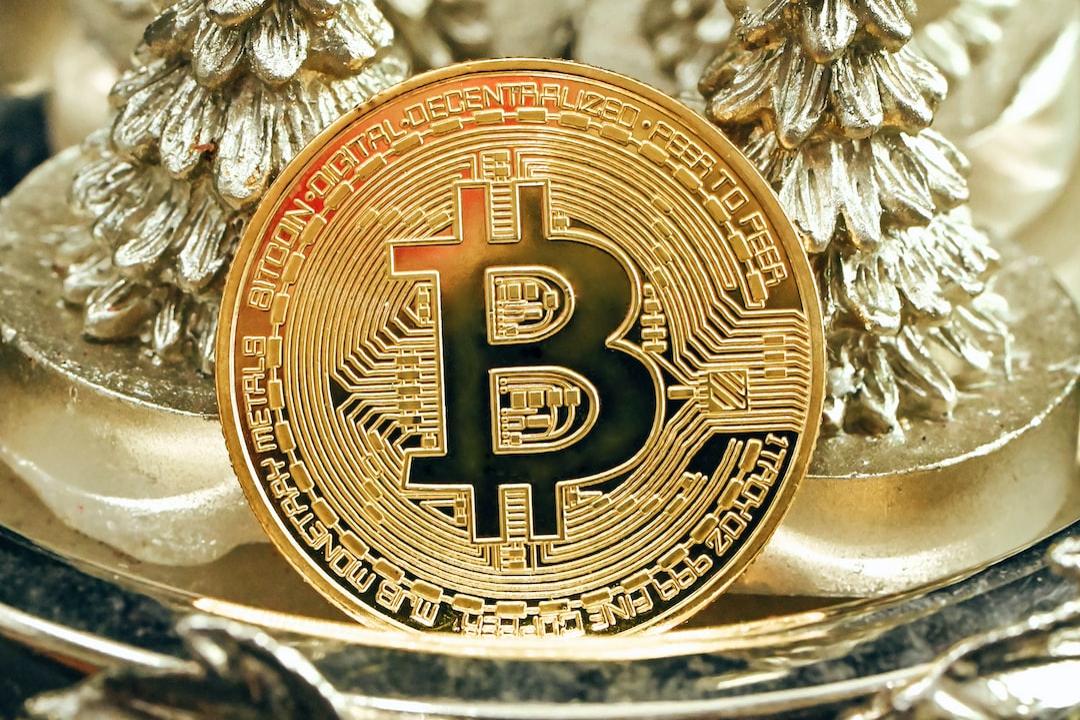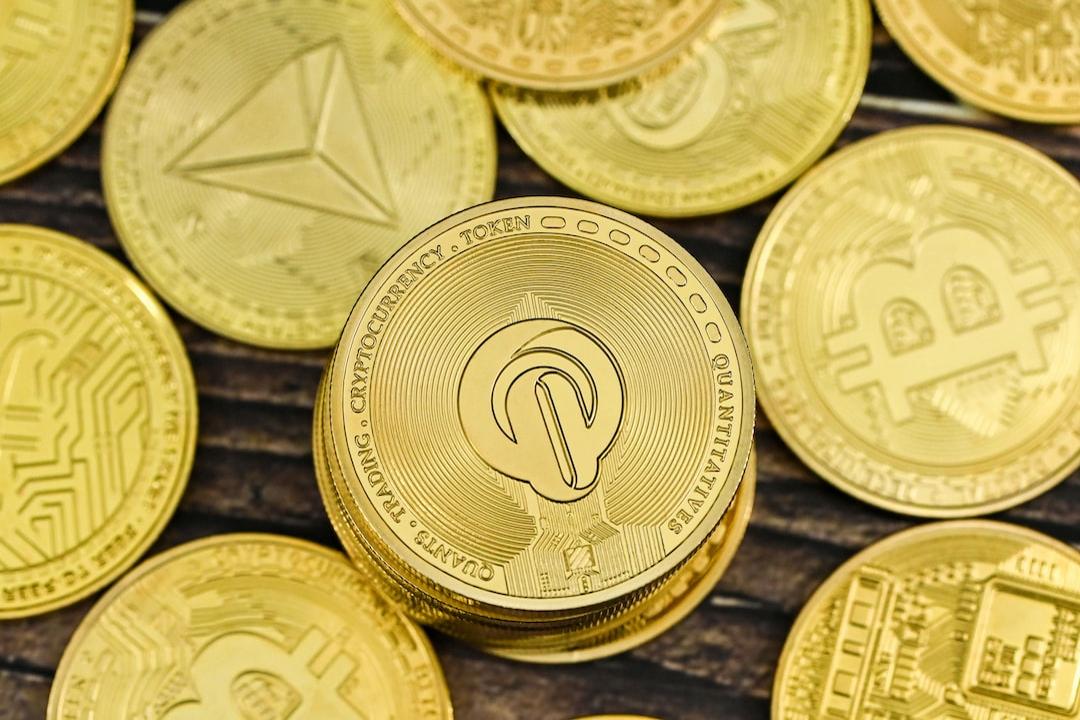Binance Alpha’s Points Game Pushes “Involution” to the Extreme
Binance Alpha’s points game is pushing “involution” to unprecedented levels. As the points threshold once broke the 200-point barrier, and airdrop earnings plummeted to around $25, the decline in users’ investment returns has sparked widespread community discussion.
(Background: Binance’s four money-making mechanisms: TGE, Launchpool, HODLer, and Megadrop earnings analysis; should you hold BNB or chase Alpha points?)
(Context: Binance Alpha has gained attention! Daily trading volume surpassed $900 million, setting a new record, with airdrop amounts reaching as high as $700.)
The Illusion and Reality of “External Flow”: Observing the Alpha Effect of Sui
The mechanism of Binance Alpha’s points game has been detailed previously, so it will not be reiterated here. In summary, as more users participate, the result is that the earnings from each airdrop have a clear upper limit, while the points threshold continues to rise. In this scenario, users have to further compress costs to preserve profit margins.
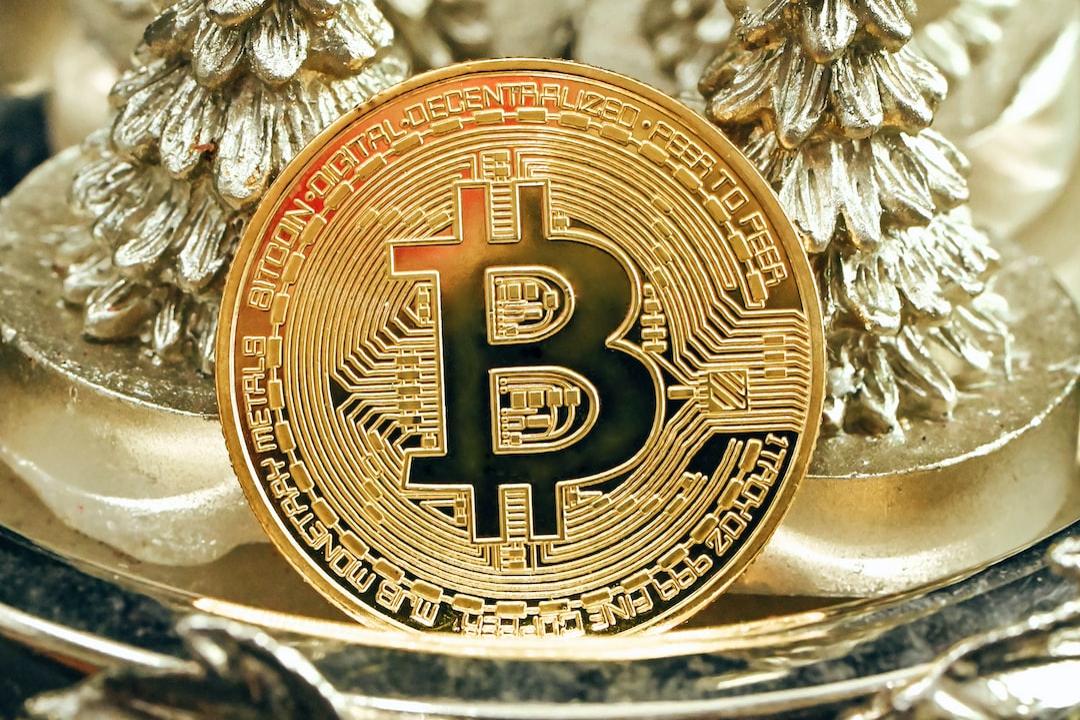
Recently, Binance Alpha began onboarding Sui ecosystem tokens and subsequently announced multiple Alpha projects from the Sui ecosystem. The addition of the Sui ecosystem provides users who are inflating trading volume with a new cost advantage. On May 14, KOLs such as @lianyanshe pointed out that projects like NAVX in the Sui ecosystem incur lower Gas fees when inflating trading volumes and are not susceptible to sandwich bot attacks, resulting in overall lower friction. Thus, several projects in the Sui ecosystem are set to become the “new volume kings” of Binance Alpha.
If most users opt for this format, it can indeed bring considerable trading volume and token enthusiasm to the Sui ecosystem. However, the reality seems to indicate otherwise. According to a PANews survey, trading volume for Sui ecosystem tokens on Alpha is not significant, with the highest NAVX achieving only $3.34 million in 24-hour trading volume, while others like HIPPO, BLUE, and SCA only ranged from hundreds of thousands to tens of thousands of dollars. In contrast, several projects on the Solana chain consistently report trading volumes above $10 million, with top projects on BSC exceeding $200 million in trading volume. However, for NAVX, its listing on Binance Alpha did enhance its trading volume; on May 13, the trading volume of the NAVX main pool reached $1.6 million, compared to only a few thousand dollars the day before.
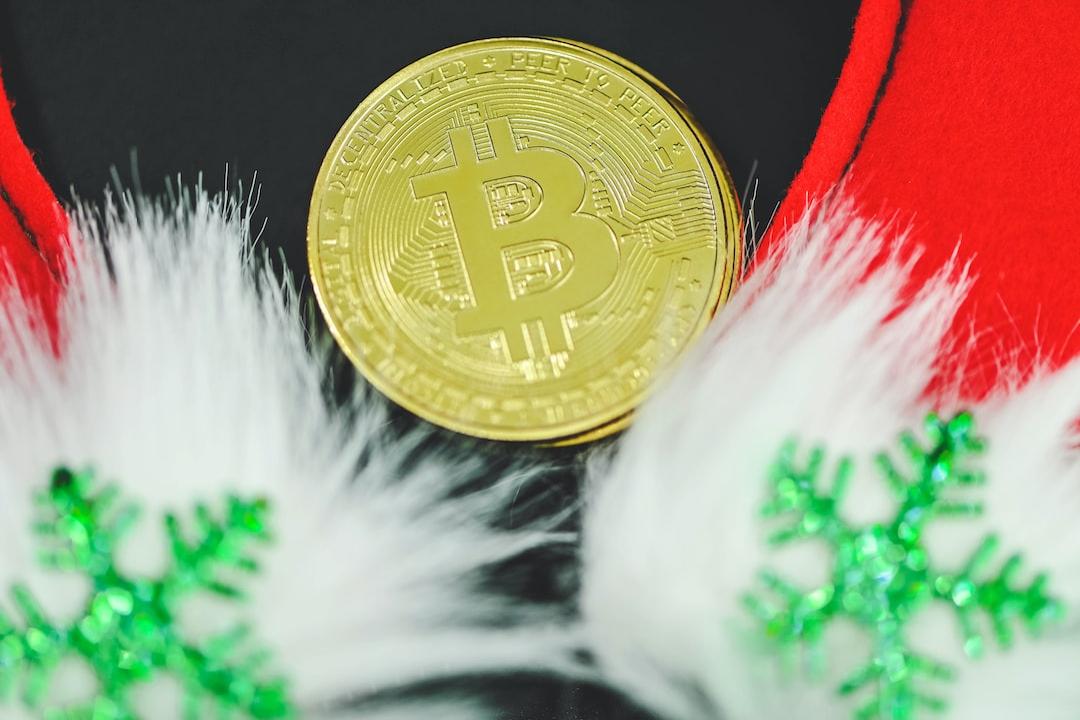
In the actual trading process, it is evident that the official cross-chain bridge of the Binance wallet has not yet facilitated asset exchanges between the Sui ecosystem and BSC chain. Users cannot directly exchange assets like BNB for USDC on Sui; thus, to save on this friction, they must endure the costs of using other cross-chain bridges.
Solana’s Top MEME Unexpectedly Attracts Capital Inflow
Solana is one of the ecosystems with the highest number of projects listed on Binance Alpha besides BSC. Since May, Solana’s overall DEX trading volume has indeed seen a marked increase. On May 4, Solana’s DEX trading volume was $2.2 billion, which rose to $4.59 billion by May 15, over doubling in growth. Several top tokens listed on Binance Alpha, such as MOODENG and jellyjelly, have recently experienced huge increases in trading volumes, along with significant price surges. MOODENG’s price rose by 140% from its listing to May 14, and the average price increase of the six tokens from the Solana ecosystem listed on Binance Alpha in May reached 12.32%, making it one of the few ecosystems exhibiting positive performance among various public chains.
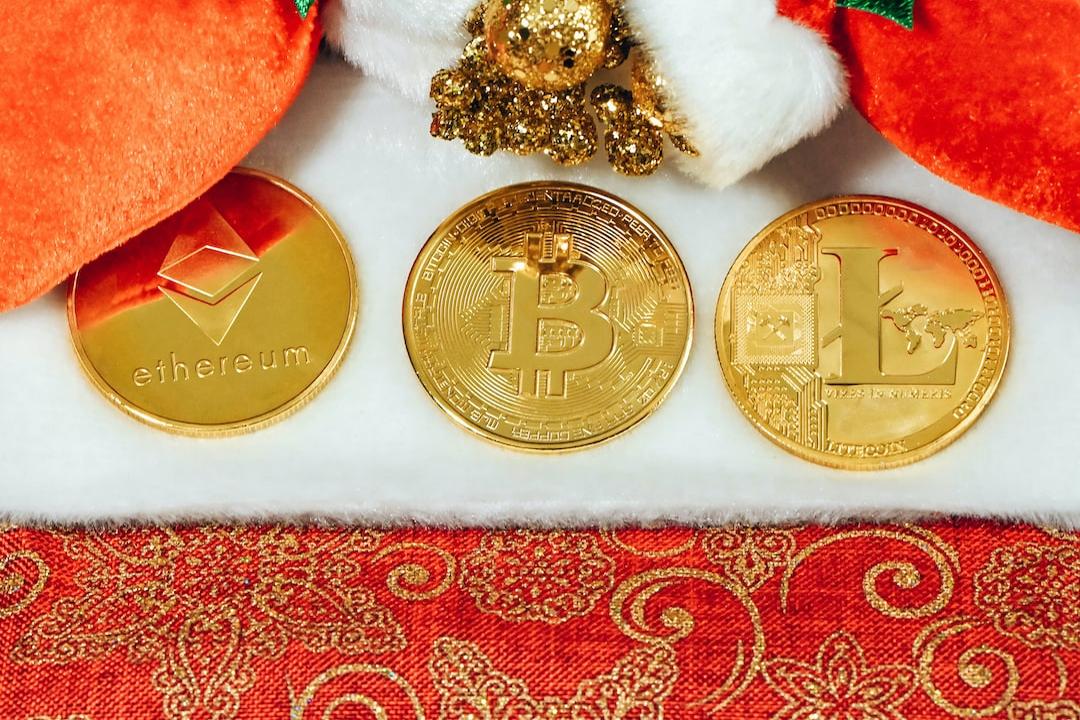
Besides the Sui and Solana ecosystems, the Sonic ecosystem, as a new brand of Fantom, has recently benefited the most from this overflow effect, as it urgently requires exposure and capital inflow. Although only three Sonic ecosystem projects have been listed on Binance Alpha, the average price increase of the two tokens launched in May reached 65.93% (data as of May 14), ranking highest among all ecosystems. However, due to the limited number of tokens listed, this does not necessarily imply a higher potential for Sonic ecosystem tokens.

However, on May 1, when Binance Alpha announced the launch of two Sonic ecosystem projects, the DEX trading volume of the Sonic ecosystem indeed saw a significant surge, skyrocketing from over $73.4 million the previous day to $194 million.
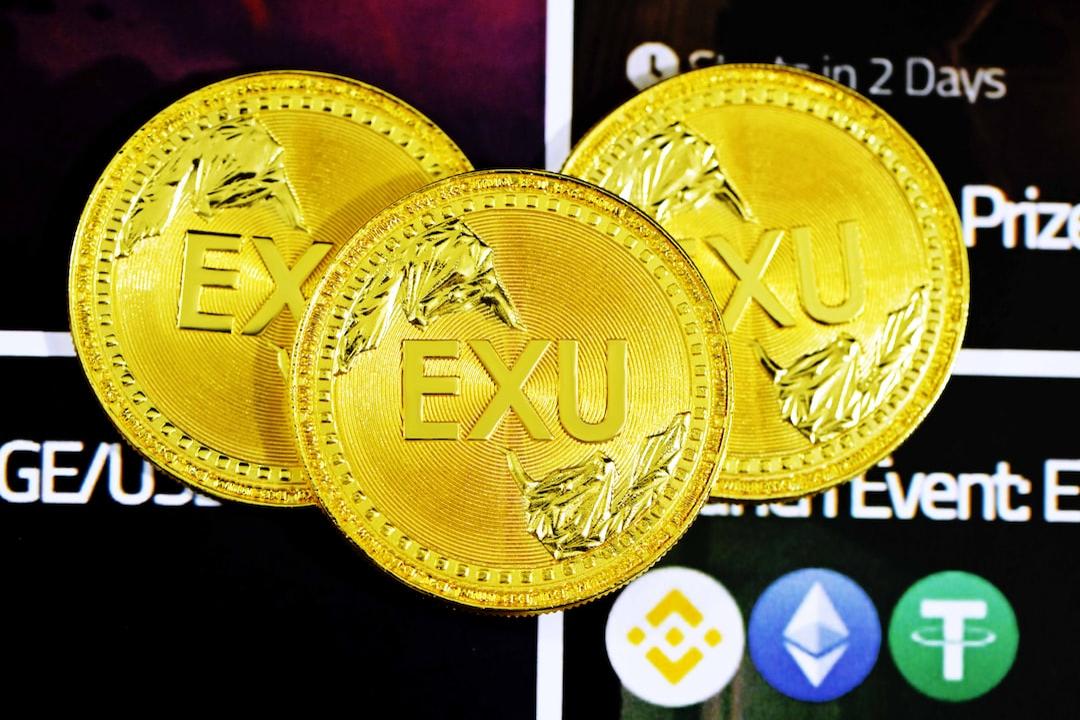
Project Dilemma: Is Launching the Peak or Value Discovery?
From the project perspective, does launching on Binance Alpha offer a chance for prices to soar? Based on the data, the average price fluctuation of the 23 tokens launched in May was -5.04%, with the largest drop reaching 75%. Although these projects experienced price increases shortly after launching on Binance Alpha, they typically face notable retractions and declines after the initial excitement. Therefore, launching on Binance Alpha does not guarantee the birth of a golden opportunity; it merely provides an additional trading venue.
Moreover, for projects that have launched with airdrop activities, it seems they have not gained market favor. The seven tokens with airdrop activities launched in May recorded an average decline of 31.5%, remaining in a downward trend as of May 14. This indicates that for projects, airdrop and volume inflation activities do not necessarily drive upward price trends.

Overall, projects launched on Binance Alpha achieve an average market capitalization of $70 million, with the lowest market cap being around $1.6 million and the highest, MOODENG, reaching $271 million. Notably, several newly listed tokens from the Solana ecosystem average market cap exceeds $100 million, clearly indicating higher expectations for the Solana ecosystem.
The Endgame of Involution: The Arena of Professionals and the Exit of Ordinary Users
For ecosystems and projects, Binance Alpha signifies exposure and a hub of traffic. For users, the current involution is eliminating ordinary users, transforming it into an arena for professional studios and large players. As the points threshold reaches 205 points, it means users need to accumulate at least 15 points daily to keep up with the threshold. With an initial capital of $1,000 (accumulating 2 points), users also need to inflate their trading volume to $8,000 daily to accumulate points. The daily slippage plus Gas fees for this trading volume may exceed $10. If they fail to meet the next threshold or receive fewer airdrops, they face a scenario of losing money and expending effort. The latest RDAC token airdrop result indicated a sale amount of only $25, which is hardly sufficient to cover the 205-point cost.
It is foreseeable that the points threshold will continue to rise, and according to current rules, the daily required points will increase exponentially alongside the required trading volume. Either Binance Alpha will raise the airdrop amount for single addresses, or a large number of users will exit the involution, allowing the points threshold to return to a reasonable range. However, regardless of the outcome, this game of involution seems to be nearing its end. The DEX trading volume on the BSC chain has also begun to decline in recent days, dropping to $2.64 billion on May 15, down 16.4% from $3.16 billion on May 12.
In summary, the “traffic overflow” effect of Binance Alpha exhibits significant differences among various ecosystems. The Sui ecosystem has not absorbed a considerable amount of volume inflation as expected, while the Solana ecosystem has shown stronger positive interactions and growth. For projects, the short-term spotlight brought by Alpha often fails to translate into sustained value support, with price drops post-launch becoming the norm, and airdrop activities have not emerged as a savior for prices. Projects providing airdrops are essentially subsidizing Binance’s wallet promotion.
More critically, this points-driven frenzy is ruthlessly pushing ordinary users off the table. The continually rising points thresholds and exponentially increasing trading volume demands, coupled with shrinking airdrop returns, are gradually transforming Binance Alpha into a “zero-sum game” for professional studios and large players. The recent decline in DEX trading volume on the BSC chain also seems to indicate that this reliance on high-intensity “involution” models is approaching its sustainability threshold.
